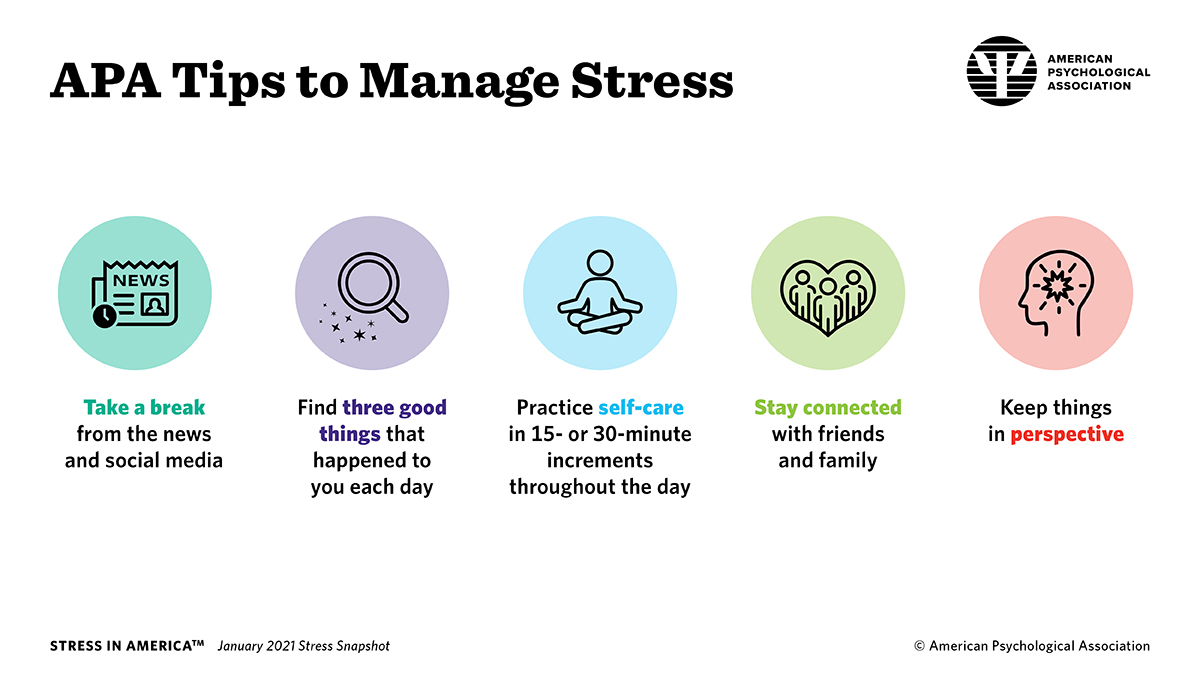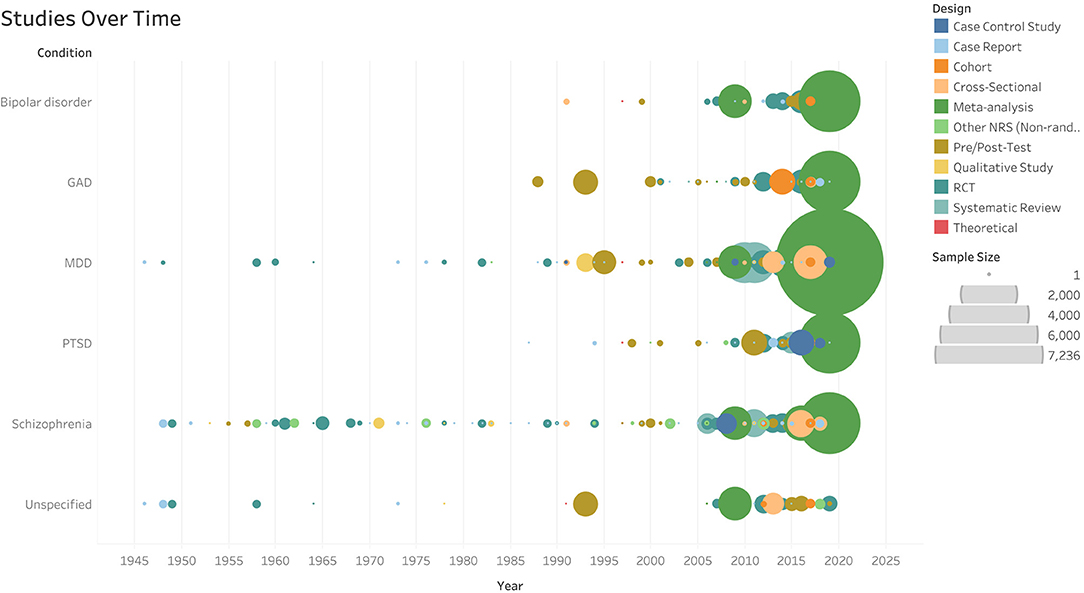Music Healing for Stress, Anxiety and Pain

Healing is the process of becoming well or "whole" again.
And truly becoming well in mind and body may involve multiple strategies depending on your specific challenge.
That’s why I want to encourage you to add the healing power of music to your day.
Though music isn’t a replacement for professional medical treatment, you might be surprised by the unique ways music can be a meaningful part of your “healing team”.
That’s because music has been proven to reduce pain, improve mood, and even change brain activity in people suffering from various illnesses. It can also help you to relax, focus, and enjoy life more fully.
In this article, I’ll show you how to use music for healing purposes and offer you a wealth of resources to find the best ways to add music to your healing regimen.
How music healing reduces stress and anxiety
The instability and intensity of life in the 2020’s has given rise to unprecedented levels of stress throughout our population.
If you’ve been dealing with more stress and anxiety than usual, you’re not alone.
According to a 2021 national survey from The American Psychological Association one in three Americans (32%) said sometimes they are so stressed that they struggle to make even basic decisions (e.g., what to wear, what to eat).
Not only that, but a whopping 84% of adults reported feeling at least one emotion associated with prolonged stress in the prior two weeks.
Even though stress is a normal part of life, prolonged exposure can cause serious health issues like heart attacks, high blood pressure and even stroke if left managed.
That’s because during stress your adrenal gland produces the stress hormone cortisol.
And while this chemical is an important source of short term energy for dealing with immediate challenges, cortisol builds up in the body if left unused.
It’s vital to know that built up cortisol acts against the body and can degrade organ and muscle tissue and kill brain cells.
That’s a key reason why the body becomes fatigued and exhausted under constant stress.
Unfortunately, chronic stress can lead to developing anxiety disorder, depression, chronic pain, to name a few.
The good news is that there are a number of evidence based ways you can use right now to lower stress.
Here are a few helpful and evidence based recommendations from The American Psychological Association:

Image source: American Psychological Association
Using music for healing stress and anxiety
Throughout the ages, people have used music healing to reliably soothe stress and lift their spirits.
This 2020 overview of research about the healing effect of music on stress shows that listening to music can:
- Reduce cortisol levels—especially when combined with exercise. This 2021 study found similar results and added that this reduction occurred when a person listened to their preferred music, not just classical or ambient music.
- Lower pain—Help the body produce the pain relieving endorphins that boost well-being
- Switch your focus away from the stressor which lowers physical and emotional stress levels
Recently, more research about music’s healing potential is emerging in exciting and surprising new directions.
As you can see in this chart, the sheer number of studies on using music as a healing tool for conditions like anxiety, depression, PTSD, bipolar disorder and schizophrenia is at an all time high!

Image source: Frontiers in Psychology
Some recent highlights include:
- Lowered symptoms of depression. A 2017 study found that listening to music listening or music therapy reduced depression levels and helped to boost confidence and motivation.
- Reduced anxiety in children. A 2021 review of articles from 2009 to 2019 showed that music significantly reduced anxiety for children leading up to and during medical procedures.
- Music for mental health treatments. A 2021 overview of 349 studies on music’s helpfulness as part of mental health treatment for conditions including schizophrenia, bipolar disorder, and major depression, found that 68.5% of music-based interventions had positive results.
But can music help lower pain?
Thankfully, recent research shows significant promise in this area as well!
Music as healing for pain relief
Like so many things about our bodies, there’s a distinct relationship between stress and pain. Simply put, the higher your stress, the more likely your perception of pain rises.
Fortunately, the opposite is also true.
That’s why music can be an important part of your healing process when it comes to managing pain.
Here’s what the most recent research is uncovering about the healing potential of music for pain:
- A 2019 study published in Scientific Reports showed that a person’s preferred music was effective at reducing chronic pain and post-operative pain in patients with fibromyalgia.
- This 2016 meta-analysis of 97 studies found that music interventions may provide an effective complementary approach for the relief of acute, procedural, and cancer/chronic pain in the medical setting.
- A 2022 pilot study reported that singing during an acute painful stimulus may increase tolerance and may be an important adjunct pain management strategy.
- This 2020 study on pain in ICU patients showed that music interventions of 20–30 minutes are efficacious to reduce pain in adult ICU patients.
But why is music effective for pain relief?

Participants experiencing music healing at a live Jim Donovan corporate team building event
Some scientists believe the answer may reside in music’s ability to “hijack” the brain’s attention. After all, listening to music puts *many* new demands upon the brain.
The elements of music like rhythm, tone and pitch are processed in different parts of the brain and then somehow, the brain puts all of those pieces together so you can experience the music!
While your brain is hard at work creating your music listening experience, it’s less able to focus on pain.
Additionally, listening to your preferred music can distract your brain even further by creating the positive emotions associated with your favorite songs as well as any nostalgic memories that may arise.
Not only that, but unlike some common pharmaceutical pain relievers, music doesn’t cause harmful side effects and can be used anytime you need it.
7 tips for everyday music healing

Beginner drummers at a community drum circle with Jim Donovan
If you’re in pain or experiencing high stress, here are some useful tips on how to integrate music’s healing potential into your everyday life.
- Before bedtime: An hour or two before bedtime, play music that incites a feeling of relaxation or you might try mother nature’s music.
- In the morning: In the morning and over the course of your day, put on upbeat background music to give you more energy. Attempt to periodically move to the music. This can be by tapping your foot, snapping, tapping, swaying, or light dancing.
- Throughout the day: Hum along to three or four of your favorite songs once or twice per day. This will vibrate your vagus nerve and activate the production of your body’s natural pain killers, including endorphins and dopamine.

Participants at Canyon Ranch in Tuscon, AZ learning the brain humming technique with Jim Donovan
- In the car: Learn how to create therapeutic playlists for yourself. Here’s a full article I wrote about how to do it.
- Interacting with others: Start drumming! Many people don’t realize that the wellness benefits of drumming don’t require you to be “good” at drumming. That’s because the benefits happen by simply engaging in the process of a rhythmic activity. Just by being willing to try drumming, you can open a whole new world of fun, relaxation and even friendship!
- During exercise or walks: Add music to your workout! Not only will you burn off cortisol, but you can help keep your weight in check by increasing the number of calories burned as well.
- Lifelong learning: Try out a new instrument—even if your goal isn’t to become a world-class performer, consider learning to play a musical instrument purely for its therapeutic value. Doing so is a great way to keep your mind sharp while providing hours of enjoyment, mood improvement and stress reduction.
The bottom line about music healing
Remember, healing is the process of becoming well or ”whole” again.
That’s why I want to encourage you to find at least one way to let music be a meaningful part of your “healing team”.
You deserve to feel good!
And remember, if you found this article helpful, feel free to share it on your favorite social media channel.
Why miss out on a single article when you can get them delivered straight to your inbox for free?
100% Free. Unsubscribe anytime. Regular member discounts.
Sources:
https://www.apa.org/news/press/releases/2021/10/stress-pandemic-decision-making
https://www.apa.org/news/press/releases/2021/02/adults-stress-pandemic
https://www.ncbi.nlm.nih.gov/pmc/articles/PMC4519690
https://www.psychologytoday.com/us/blog/minding-the-body/201111/hum-happy-tune-wellness
https://www.aarp.org/research/topics/health/info-2020/brain-health-and-music.html
https://psychcentral.com/stress/the-power-of-music-to-reduce-stress#how-does-it-work
https://www.tandfonline.com/doi/full/10.1080/17437199.2019.1627897
https://www.frontiersin.org/articles/10.3389/fpsyg.2021.649840/full
https://www.ncbi.nlm.nih.gov/pmc/articles/PMC7448868/
https://www.ncbi.nlm.nih.gov/pmc/articles/PMC6235300/
https://www.ncbi.nlm.nih.gov/pmc/articles/PMC5500733/
https://www.ncbi.nlm.nih.gov/pmc/articles/PMC6820536/
Disclaimer:
No content on this site should ever be used as a substitute for direct medical advice from your doctor or other qualified clinician.
The material provided on this site is for educational purposes only and any recommendations are not intended to replace the advice of your physician. You are encouraged to seek advice from a competent medical professional regarding the applicability of any recommendations with regard to your symptoms or condition.
Copyright © 2022 by Blue Beat Media. Thank you for your interest in Jim Donovan. We do not allow republication of our full newsletters and articles. However, you can post a portion (no more than 90 words, 1-2 paragraphs) of our content with a live link back to our homepage, donovanhealth.com, or a link to the specific article you are quoting from.
About the author:
Jim Donovan M.Ed. is a multi-platinum musician, educator and TEDx speaker.
His mission is to share the restorative power of music through education and performance.
Donovan is an Assistant Professor and Director of Music and Wellness at Saint Francis University.
His viral TEDx Talk "How to Trick Your Brain Into Falling Asleep" has been viewed over 6 million times to date.
He currently performs with his band The Sun King Warriors who can best described as as a blend of rhythm heavy roots rock, with a strong dose of big barreling drums.
Jim Donovan got his start as a founding member of the multi-platinum selling band Rusted Root.
There he co-wrote the song “Send Me on My Way” featured in the movies "Ice Age", "Matilda" and the Netflix series "New Girl".
During his time with the band 1990-2005, he recorded and released seven full length albums. Including "When I Woke" (3x platinum).
He also had the honor of sharing the stage with many of his musical influences and heroes including Robert Plant and Jimmy Page of Led Zeppelin (1995 US/UK tour), Carlos Santana (1997/2002 US tour), The Allman Brothers Band (1995/96 US tour), The Grateful Dead (1995 Three Rivers Stadium in Pittsburgh, PA) and many others.
Send Me On My Way also became the first song on Mars where it “woke up” NASA’s Mars Rover.


